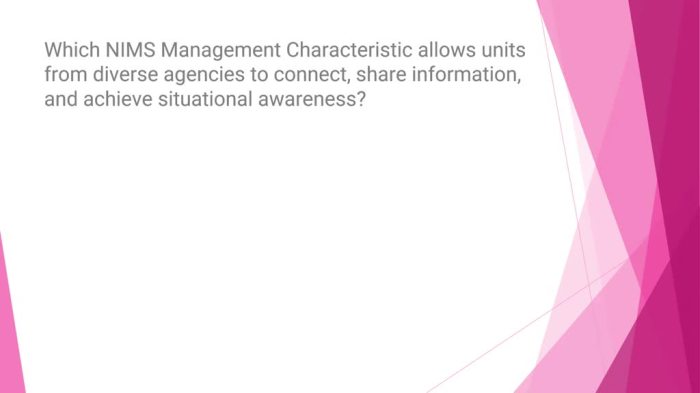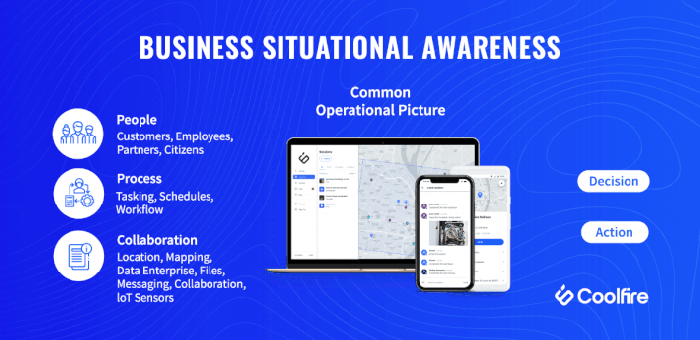Integrated communications are necessary to achieve situational awareness, empowering organizations with a comprehensive understanding of their surroundings and enabling them to make informed decisions. By seamlessly connecting various communication channels, organizations can foster information sharing, enhance coordination, and gain a holistic view of their operating environment.
Effective communication strategies, tailored to specific industries and scenarios, play a crucial role in facilitating real-time information exchange, reducing ambiguity, and improving decision-making processes. Case studies abound, showcasing the positive impact of integrated communications on organizational performance and situational awareness.
Integrated Communications for Situational Awareness: Integrated Communications Are Necessary To Achieve Situational Awareness

Integrated communications are essential for achieving situational awareness in various domains. They facilitate effective information sharing and coordination, enabling individuals and organizations to make informed decisions and respond appropriately to evolving situations.
Importance of Integrated Communications for Situational Awareness
Integrated communications enhance situational awareness by:
- Facilitating real-time information exchange
- Reducing ambiguity and improving understanding
- Supporting collaborative decision-making
Benefits of Integrated Communications for Situational Awareness
The benefits of integrated communications for situational awareness include:
- Improved response times to incidents and emergencies
- Enhanced coordination and collaboration among stakeholders
- Increased efficiency and productivity
- Reduced risks and liabilities
Challenges of Integrated Communications for Situational Awareness
Implementing integrated communications for situational awareness can present challenges such as:
- Information overload
- Communication barriers
- Resistance to change
Best Practices for Integrated Communications for Situational Awareness
| Communication Channels | Coordination Protocols | Information Sharing Procedures | Performance Evaluation Metrics |
|---|---|---|---|
| Establish clear and reliable communication channels | Develop standardized protocols for information exchange | Implement structured processes for sharing critical information | Monitor and evaluate the effectiveness of communication strategies |
Case Studies of Integrated Communications for Situational Awareness, Integrated communications are necessary to achieve situational awareness
- Healthcare:Integrated communication systems in hospitals improve patient safety and coordination of care.
- Emergency Management:Integrated communication platforms facilitate rapid response and collaboration during disasters.
- Transportation:Real-time communication between traffic control centers and vehicles enhances situational awareness and reduces congestion.
Q&A
What are the key benefits of integrated communications for situational awareness?
Integrated communications enhance information sharing, reduce ambiguity, facilitate real-time decision-making, and improve overall organizational performance.
What are some common challenges associated with implementing integrated communications?
Common challenges include information overload, communication barriers, and resistance to change. Strategies to overcome these challenges include establishing clear communication protocols, fostering a culture of open communication, and providing adequate training and support.


